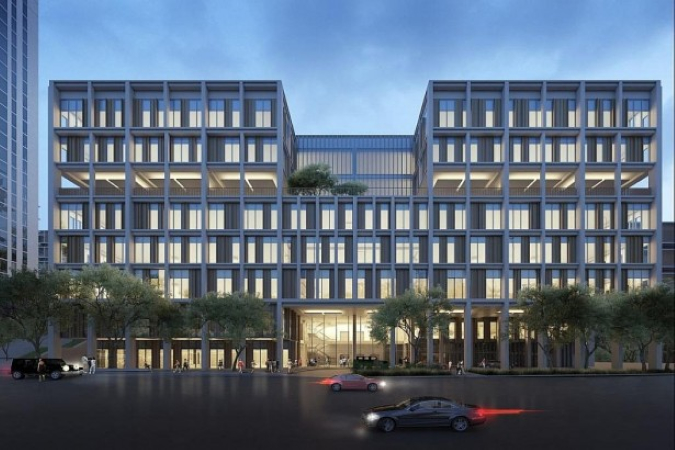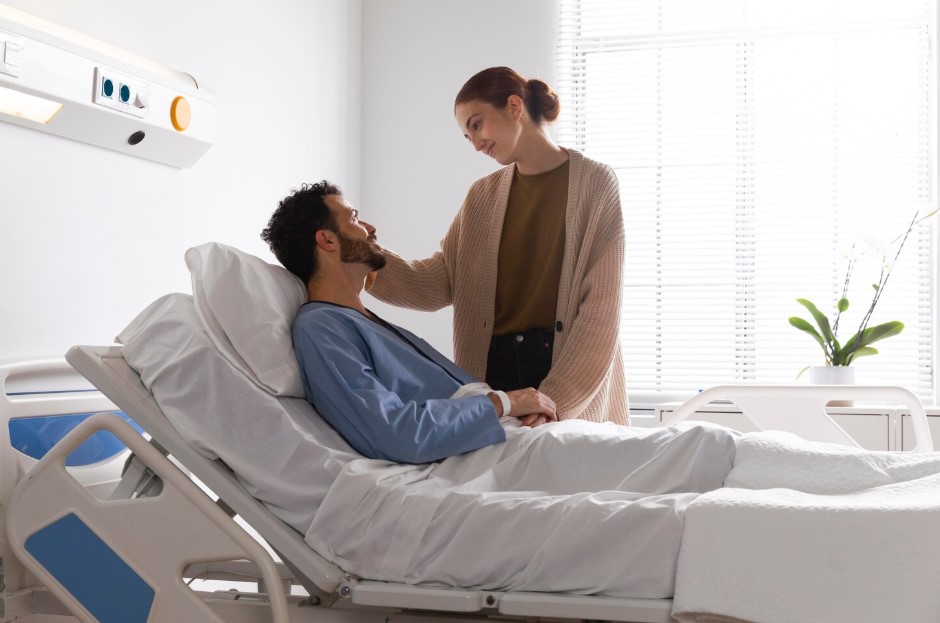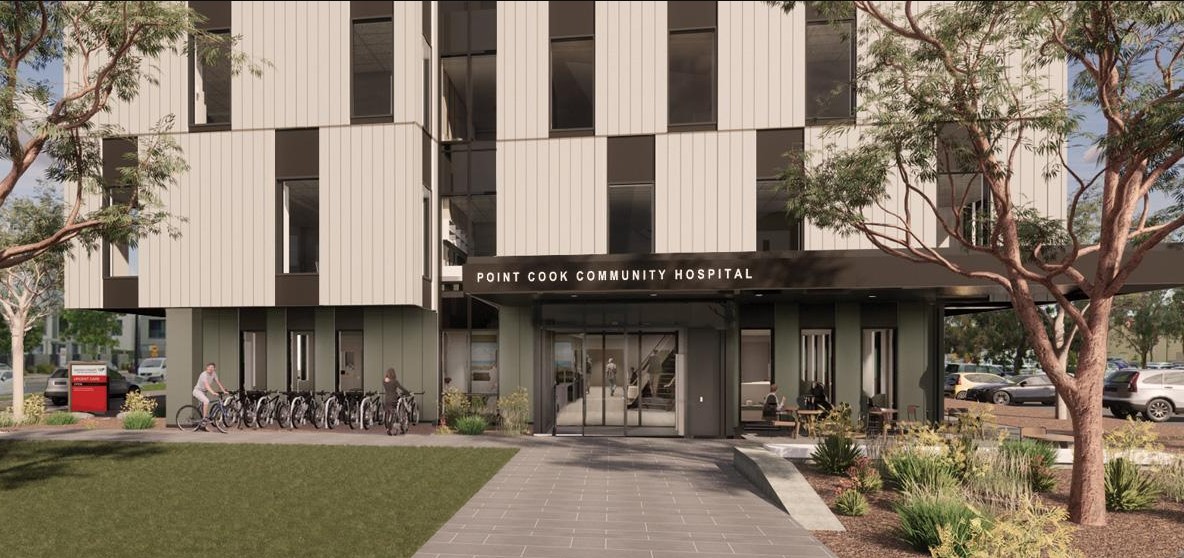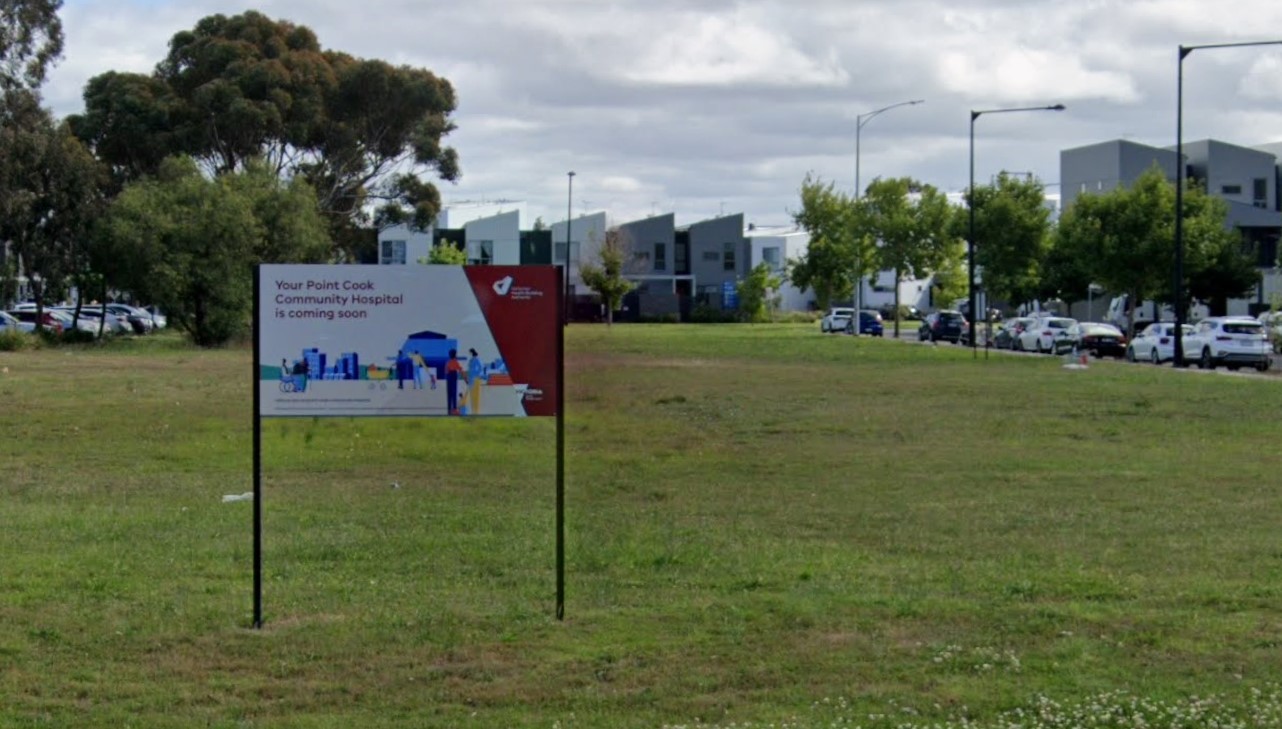07
Aug 2018
Construction Begins on $340 Million Herston Quarter Health Facility
Published in News on August 07, 2018

In a total allotment of $1.1 billion construction project for the Herston Quarter Redevelopment, construction has begun on the public health facility which is to be state-of-the-art. According to Premier Annastacia Palaszczuk who visited the work site in mid-June, her government is providing Queenslanders with “world-class healthcare,” of which this project comprises approximately 1/3 of the expenditure. The government has set aside $340 million for the Surgical, Treatment and Rehabilitation Centre.
Specialists a Huge Focus of the New Centre
The Premier went on to say that this new facility is set to provide rehabilitation surgery by specialists which will, in turn, free up space in the hospital which is located adjacent to the new centre. This is seen as a boon for the largest hospital in Queensland, the Royal Brisbane and Women’s Hospital, which, as mentioned, is situated next to the site of the new surgery.
Only the Beginning
In a budget set earlier that week, the State set aside a total investment of $1.1 billion to invest in public healthcare. Ms Palaszczuk said that investing in healthcare is seen as a “cornerstone of the State Budget” and that she is happy to also announce that there are additionally 50 more beds being made available as a result of better “design of clinical spaces.” The total beds will now number 184 at the facility which will enable the hospital to offer healthcare to a larger number of patients while making a significant reduction in the number of those waiting for beds. As well, it is predicted that the new centre will draw patients from across Queensland who are in need of complex rehabilitation.
Construction of the New Centre a Top Priority
Adding to the statement provided by Premier Palaszczuk, Cameron Dick the Minister for State Development, Manufacturing, Infrastructure and Planning said that the construction of the new centre is a top priority. He stated that innovation and research at the hospital next door, which will be complemented by surgical services offered at the new centre, will bring together the “brightest minds” in research and health now and for many years to come. In the end, what the centre will also accomplish is adding jobs while utilising government-owned property which has yet to be used.
Services the Centre Is to Offer
The new centre will offer care to patients who are recovering from trauma, injury, burns, stroke and a host of other medical illnesses and conditions. Steven Miles who is the Minister for Health stated that the centre will provide “short stay” services for endoscopy and elective surgeries alongside a number of other outpatient services. With seven operating theatres and three procedure rooms for endoscopy, the hospital will be able to greatly increase the number of services being offered to Queensland. Also, there will be a number of consultation rooms that will provide space for more specialities.
A Milestone for Health, Education, Research and Employment
When complete, at least 900 jobs will be added to the healthcare system in Queensland and the centre will offer an opportunity for public health and the private sector to work more closely together. The aim is to deliver a much-improved health infrastructure due to the collaboration in health, education and research. It is projected that this new centre will continue meeting future demands in healthcare in Queensland and that during the next decade, the redevelopment goal is to provide world-class services.
At this time, it is estimated that the project will be completed by the year 2020 and that the construction will have generated at least 250 jobs. When complete, 900 non-clinical and clinical jobs will be provided in this 9 level public health institution.









